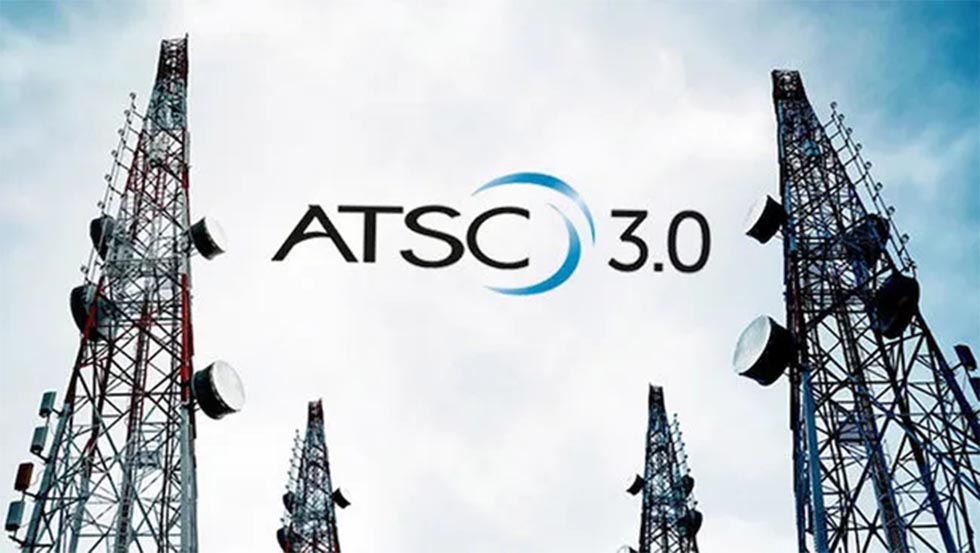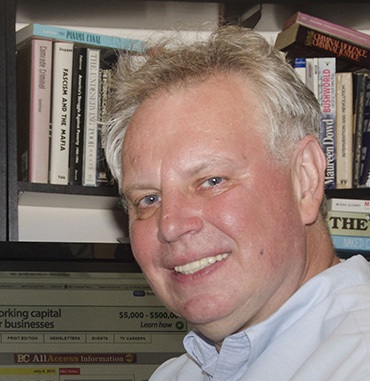NextGen TV: Live Spanish Captions Debut on PMVG’s 3.0 Test Bed Station in Tenn.
Initiative is a collaboration among DigiCAP, XL8, PMVG, RAPA and PBS station WCTE

BOULDER, Colo.—Public Media Venture Group (PMVG) has announced that it is now providing real-time translation of closed captioning from English to Spanish on PMVG’s NextGen TV (ATSC 3.0) test bed station in Cookeville, Tennessee.
The initiative, which illustrates the capabilities of NextGen TV broadcasters to offer new services and expand available audiences, is a collaboration among DigiCAP, XL8, PMVG, the Korean Radio Promotion Association (RAPA) and PBS station WCTE.
The translation solution detects English closed captions within a television program and translates them into a selected language using an AI-powered translation engine operated by XL8. The translated closed captions are then multiplexed back to the program stream and broadcast over PMVG’s NextGen TV station in Cookeville. While the LiveCAP service offers translation to many different languages, the current initiative in Cookeville focuses on Spanish.
“It has always been the mission of public broadcasters to serve all members of their communities,” Marc Hand, president and founder of PVMG, explained. “Captioning has extended the reach of public broadcasters to hearing-impaired viewers but has—until now—only been available in English.
This new service will extend the benefits of closed captions to households where English is not the primary language.”
The translation engine incorporated into LiveCAP is provided by XL8, a Silicon Valley tech firm that is a leader in the translation field. According to Tim Jung, CEO of XL8: “Whenever human language is involved, there will be variables from specific regions or topics. The XL8 translation engine uses a combination of AI and machine learning to enable translations that can take into account local language variations. This is ideal for broadcasters who operate in unique local environments.”
The LiveCAP system uses features built into NextGen TV sets and receivers. That means consumers don't need additional hardware if they have an ATSC 3.0 receiver; they simply use the set’s accessibility menu to switch captions to a different language.
Get the TV Tech Newsletter
The professional video industry's #1 source for news, trends and product and tech information. Sign up below.
Integration of the LiveCAP system into the NextGen TV content stream is provided by DigiCAP, an ATSC 3.0 gateway supplier. “Language translation for television closed captions is not new. But LiveCAP’s use of cutting-edge large language model technology for translating captioning of ATSC 3.0 broadcasts provides highly accurate translations at a fraction of the cost of human translation,” DigiCAP Senior Vice President Joonyoung Park said. “This has the potential to expand the use of translated closed captions to new television audiences.”
To see LiveCAP in action, viewers can tune into WCTE PBS channel 35 (W35DZ-D) and select Spanish-language captioning for the primary WCTE channel (CH 35.1).
Comprised of 32 leading public-media organizations, PMVG develops scalable technology use cases to help sustain public media’s vital services in the long term.
“Many public broadcasters operate in multilingual communities where closed-caption translations could make programming accessible to more viewers,” PMVG’s Hand said. “We are excited that PMVG’s ATSC 3.0 testbed in Cookeville is where technology is being developed to extend the reach of public broadcasters to audiences that speak a variety of languages.”
George Winslow is the senior content producer for TV Tech. He has written about the television, media and technology industries for nearly 30 years for such publications as Broadcasting & Cable, Multichannel News and TV Tech. Over the years, he has edited a number of magazines, including Multichannel News International and World Screen, and moderated panels at such major industry events as NAB and MIP TV. He has published two books and dozens of encyclopedia articles on such subjects as the media, New York City history and economics.

